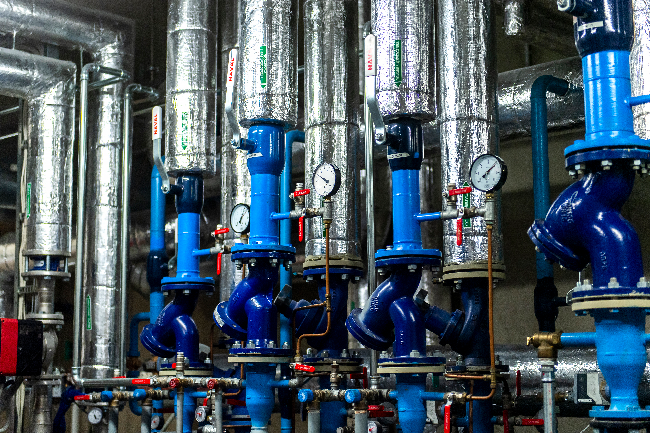Providers of vital services, such as district heating companies, are able to guarantee service in the event of a power cut. However, building owners - including housing associations - need to increase their crisis preparedness to ensure that heat reaches the heating system. The easiest and most affordable way is to create a back-up power supply to the heating node.
In the event of a power failure, the building will only stay warm if the heating node, i.e. the heart of the building's heating system, has a backup power supply and a backup power supply unit. A back-up power supply is an electrical supply that is switched on in the event of a power failure to keep the heat node running by means of a back-up power supply, such as an inverter generator. Without electricity, the pumps in the heating system will not operate, the pipes will not circulate, the water will cool and the internal temperature of the building will drop. Depending on the outside air temperature, the construction and the condition of the building, there is a risk of pipes freezing in the event of a prolonged power cut.
Readiness is ensured by a changeover switch and a power connector
A changeover switch and a power connector need to be added to the heat node shield to create a back-up power supply. The transfer switch can be used to switch the power supply to the heat node to the standby power when there is no electricity and back to the mains when electricity is restored. A power plug is required to connect the standby power supply to the heat node.
To carry out this work, call in a competent electrician, who will explain the scope of the work and, if necessary, advise you on how to choose a suitable backup power supply for the heat node.
Which backup power source to choose?
A change-over switch and a plug can be used to connect the thermal unit to a backup power supply. The most common backup power supply is an inverter generator. This is the most suitable for the heat node, as the heat node needs stable electricity for its operation and the maintenance of the equipment.
The choice of an inverter-generator should be based on the electricity consumption of the heat plant. For example, a five-storey building with four staircases has an average electricity consumption of 0.7 kW and an inverter generator with a capacity of at least 1 kW is suitable.
A car battery can also be used as a backup power source with the help of a bus inverter and terminals. In addition, there are other back-up power devices such as battery banks, solar systems with batteries and inverters, hydrogen generator, etc., but these are less common solutions.
Affordable food supplies
The connection work is carried out by a competent electrician, who takes on average 5-8 hours. The price of the connection work does not depend on the electricity consumption of the heat node, but on the time spent. The cost of the materials needed for the work (cable, changeover switch, power plug, extension socket, modular switch, etc.) is around €250.
In addition, the cost of suitable back-up power and fuel must be borne. For example, the electricity consumption of a heating unit in a five-storey apartment building with four staircases is about 0.7 kW. In this case, an inverter generator with a capacity of at least 1 kW is suitable as a back-up power supply. The prices of suitable generators start from € 400.
For a large cooperative, such an investment is affordable and provides crisis-proofing.

